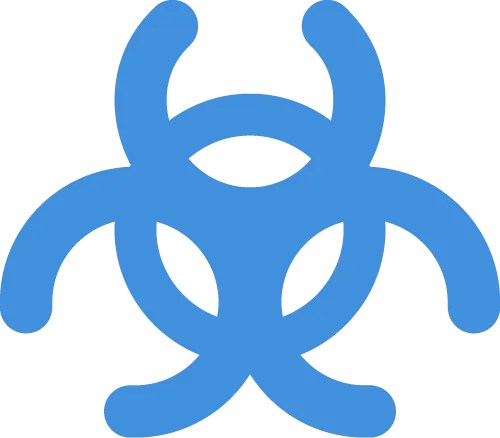
Urgent Alert: Rising Cases of Acute Respiratory Infections Complicated by Malaria in the Democratic Republic of the Congo
2024-12-27
Author: Ming
Introduction
A pressing health crisis has emerged in the Democratic Republic of the Congo (DRC), as local health authorities report a worrisome spike in cases of acute respiratory infections, further complicated by malaria, predominantly among vulnerable children. The situation necessitates immediate attention and action to mitigate the casualties and bolster health responses.
Current Situation
As of December 16, 2024, there are confirmed reports of 891 cases of acute respiratory infections associated with malaria in the Panzi health zone of Kwango Province. The alarming increase began around November 29, following a disturbing rise in deaths, particularly among children under the age of five. Enhanced epidemiological surveillance unveiled the scope of the outbreak, allowing health officials to identify numerous suspected cases characterized by symptoms including fever, cough, body weakness, and acute malnutrition.
Recent laboratory findings have revealed that 62% of tested samples indicate malaria presence, while viral infections such as Influenza A, SARS-CoV-2, and others are also significantly contributing to the health emergency. Unfortunately, the death toll has remained stable but concerning, with 48 deaths reported since the onset of the outbreak.
Demographic Impact
Children under five years old are facing the most severe impact, comprising 47% of all cases and over half of the deaths, despite representing only 18% of the population. This stark statistic underscores the vulnerability of young children in this context, where factors such as acute malnutrition and limited healthcare access significantly heighten risks.
Food Insecurity and Health Vulnerability
The DRC is currently experiencing a worsening food security crisis, which exacerbates health challenges. The Integrated Food Security Phase Classification has classified Kwango Province as experiencing serious levels of acute malnutrition, anticipating further deterioration into critical phases in early 2025. Estimates suggest that nearly 4.5 million children in the DRC may face acute malnutrition, with an alarming rise projected during the upcoming months.
Moreover, the interplay of disease and malnutrition can create a vicious cycle where each condition worsens the other, ultimately increasing mortality rates among vulnerable populations.
Public Health Response Strategies
The World Health Organization (WHO), alongside local health teams, has mobilized a national rapid response team to the affected areas, enhancing surveillance and improving case management. This includes the installation of oxygen concentrators in health facilities, increased laboratory testing capacities, and the distribution of essential medications.
Efforts are also underway to bolster community engagement and risk communication, instructing the public on recognizing symptoms and seeking medical attention promptly. Infection prevention and control measures are being reinforced to safeguard health workers and patients alike.
Conclusion
The current health crisis in the Democratic Republic of the Congo exemplifies the complex interrelation between infectious diseases and malnutrition in impoverished regions. Concerted efforts must remain focused on addressing immediate healthcare needs, while also implementing long-term strategies to alleviate food insecurity and improve overall health infrastructure. Action is urgently required to ensure the health and safety of the most vulnerable populations before the situation escalates further.
What Can You Do?
Stay informed about health conditions in your area and participate in local health initiatives aimed at supporting vulnerable populations. Together, we can make a difference in this critical time.
 Brasil (PT)
Brasil (PT)
 Canada (EN)
Canada (EN)
 Chile (ES)
Chile (ES)
 Česko (CS)
Česko (CS)
 대한민국 (KO)
대한민국 (KO)
 España (ES)
España (ES)
 France (FR)
France (FR)
 Hong Kong (EN)
Hong Kong (EN)
 Italia (IT)
Italia (IT)
 日本 (JA)
日本 (JA)
 Magyarország (HU)
Magyarország (HU)
 Norge (NO)
Norge (NO)
 Polska (PL)
Polska (PL)
 Schweiz (DE)
Schweiz (DE)
 Singapore (EN)
Singapore (EN)
 Sverige (SV)
Sverige (SV)
 Suomi (FI)
Suomi (FI)
 Türkiye (TR)
Türkiye (TR)
 الإمارات العربية المتحدة (AR)
الإمارات العربية المتحدة (AR)